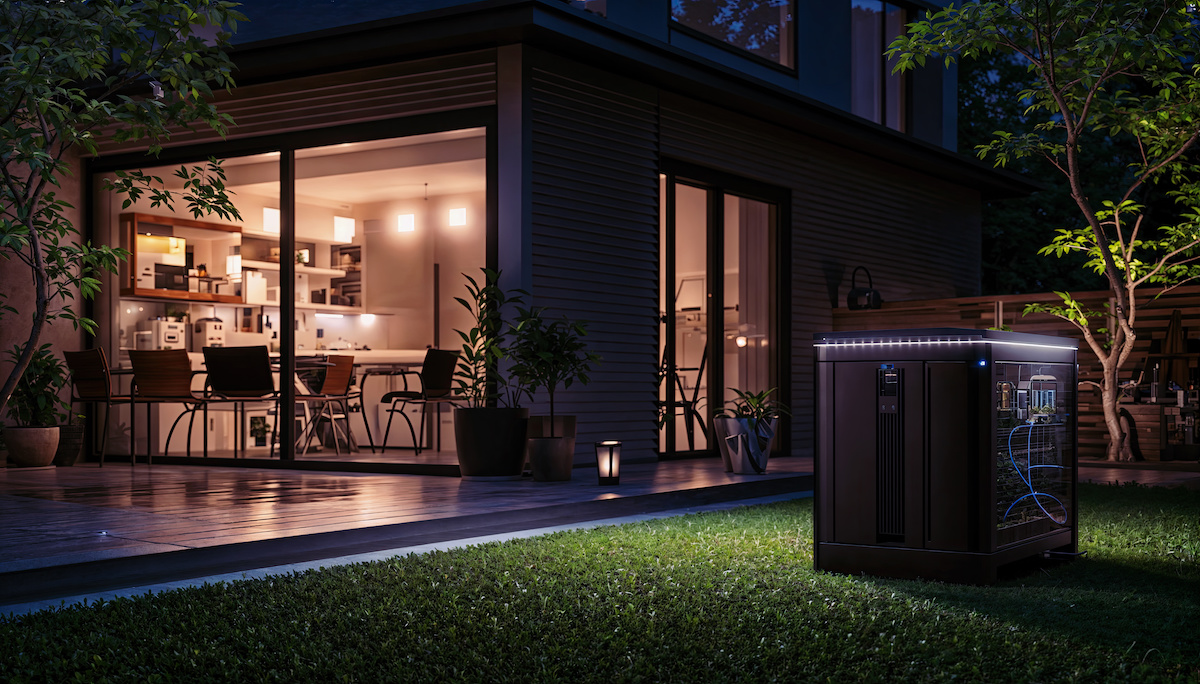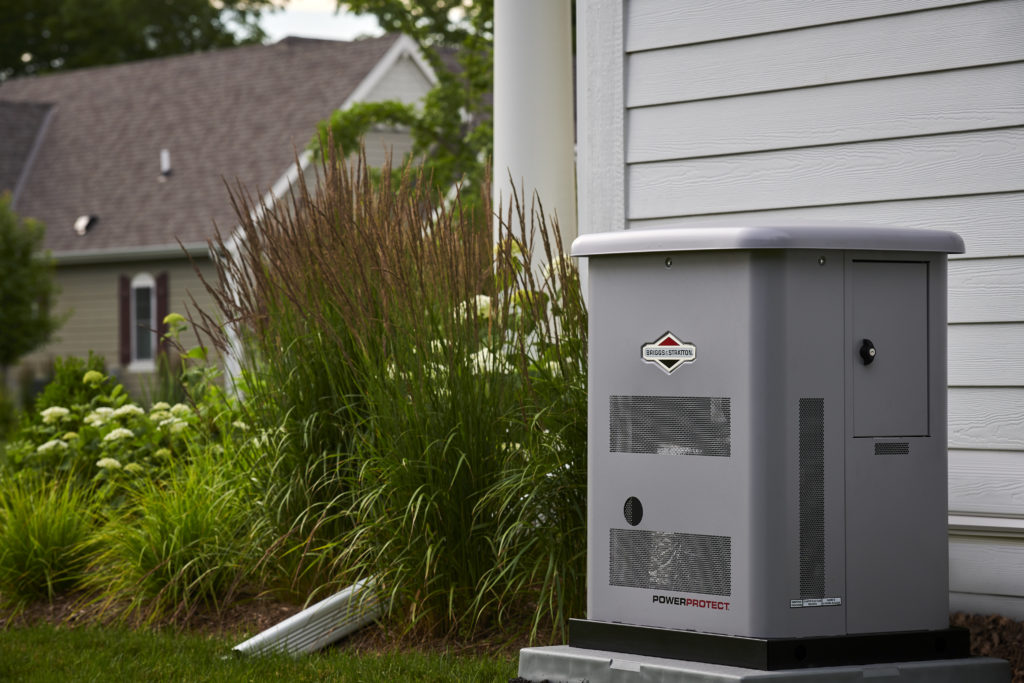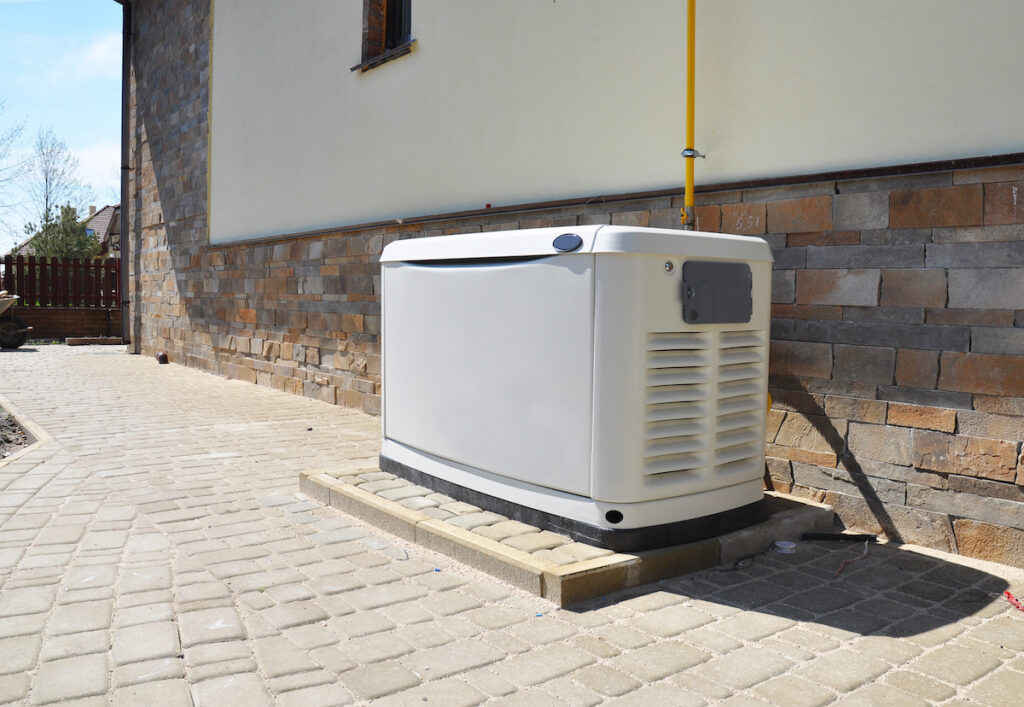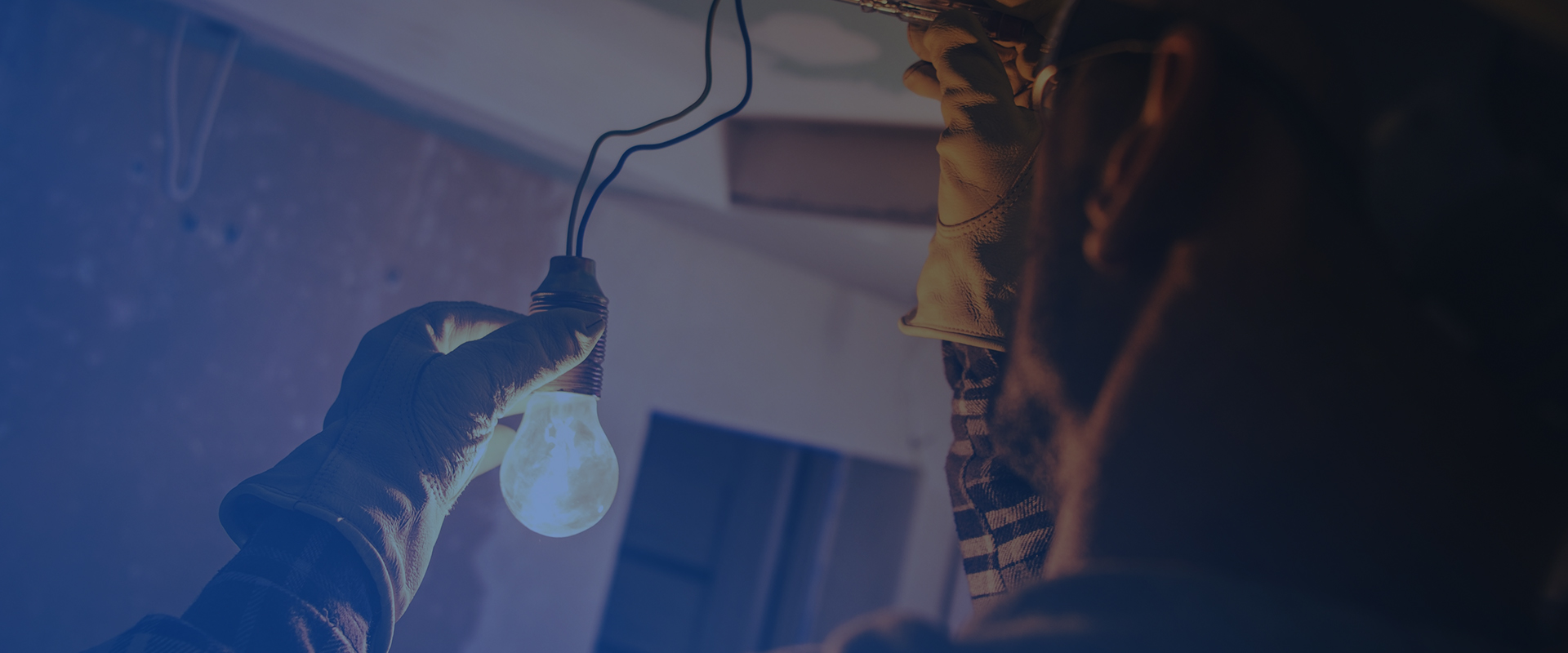
22 Mar The Installation Process for Standby Home Generators
Are you considering installing a standby generator for your home? It’s a smart move, especially given our city’s knack for unpredictable weather. With sudden thunderstorms and those all-too-familiar hurricane warnings, having a reliable power source is a necessity for many folks around here.
Installing a standby generator is a big project, but it’s an important one for keeping your house powered during unexpected outages. It ensures that your family stays comfortable and your important appliances and electronics can keep working, regardless of the weather outside.
Next, we’ll walk through how to get ready for the installation of a standby generator. This will cover choosing the right generator for your needs, understanding how the installation works, and why it’s important to hire a qualified, professional electrician to install it.
Step 1: Choosing Your Standby Generator
When the power goes out, it’s key to consider which appliances and systems you really can’t do without. For many, that means making sure the air conditioning is still humming to combat the Texas heat, ensuring the fridge keeps your food fresh, and, for many who rely on it, keeping medical equipment running without a hitch.
So think about what you absolutely need powered in your home during an outage. Air conditioning, refrigerators, medical equipment?

Choosing the size of your home’s generator will depend on these needs. It’s a good idea to consult with a Houston electrician to help assess your home’s requirements. They can come and take a look at your specific home’s power requirements, and guide you in selecting a generator that won’t leave you in the dark or overload you with more power (and cost) than you actually need.
Step 2: Pre-Installation Preparation
Once you’ve picked out your generator, there are a few things that need to be done to prepare for its installation.
Typically, an electrician or the installation team will handle much of this pre-install preparation for your generator. This includes dealing with the paperwork for any necessary permits. Since Houston has its unique regulations and codes, a local electrician will be more familiar with these requirements and ensure everything is in order.
You’ll also need to choose where you want the generator installed. (If you need help with this, an electrician can help you choose the optimal spot.) Installing it the right location is crucial—somewhere that’s not only easily accessible for upkeep. but also safe. Away from windows and doors to prevent carbon monoxide from sneaking into your house, and in line with our area’s specific codes on generator placement. Again, your electrician can be a guide through this step, making sure every box is checked for a smooth and safe installation.
Step 3: Installation Day
On the day of installation, your electrician or installer will start by preparing the site. This might involve laying down a concrete pad on which your generator will sit. They’ll make sure it’s level and stable and ready to support the weight of the generator.
They’ll then move on to the electrical connections. This part is critical and should only be handled by a qualified, professional electrician.
They’ll install an automatic transfer switch, which can shift your home from the Houston power grid to your generator during a power outage. This ensures a seamless transition of power, so to speak, keeping your home running without a hiccup.
The gas line will also be connected at this stage. Unlike portable generators that are powered by diesel fuel, whole house generators can use your home’s natural gas supply. If your new generator runs on natural gas or propane, an electrician can ensure the line is safely hooked up and ready to fuel your generator.
Step 4: Final Checks
Once your generator is all set up, it’s not just a “plug and play” situation and call it a day. After everything is installed, your electrician will run several tests to make sure the generator kicks in correctly during a power outage. They’ll check the transfer switch, power distribution, and ensure that all your essential appliances and systems are receiving power from the generator.
They’re going to simulate a power outage scenario to see the generator spring into action—pretty cool to watch, actually. They’ll meticulously go through a checklist, including testing the transfer switch to make sure it smoothly transitions your home from grid power to generator power without a hiccup.

Then, they’ll look at how power is distributed around your house. The goal here is to confirm that your must-have appliances and systems are all getting the juice they need from the generator, making sure that when “the grid” takes a break, your home stays powered on its own without skipping a beat.
What to Expect
Throughout the installation process, expect a bit of noise and activity around your house. Installation can take anywhere from a few hours to a full day, depending on the complexity of your setup. Your installation team should respect your property and leave the site clean and tidy.
The benefits of having a standby generator are numerous. Beyond the potential increasing your home’s property value, there’s the comfort of knowing your home and yard stay powered up, even when the grid lets everyone else down.
But it’s more than just keeping the lights on. You’re looking out for your home, preventing the kind of headaches no homeowner wants to deal with—like the aftermath of burst pipes in a cold snap, or the waste of having to toss out everything in your fridge after a storm knocks out power.
Don’t forget about the water heater if yours is electric. Maybe it’s not the first thing you think of, but the moment you’re craving a hot shower and you’ve got no power, you’ll be happy you have that standby generator keeping the hot water flowing.
And for anyone relying on powered health devices, a power outage isn’t just inconvenient; it’s a real risk. Whether it’s a CPAP machine for sleep apnea or a home dialysis setup, the generator steps up to ensure these lifelines keep doing their thing.

Installing a standby generator is a proactive step toward ensuring your home remains lit, comfortable, safe, and secure no matter what the weather or the grid throw our way. Stay powered, Houston!

